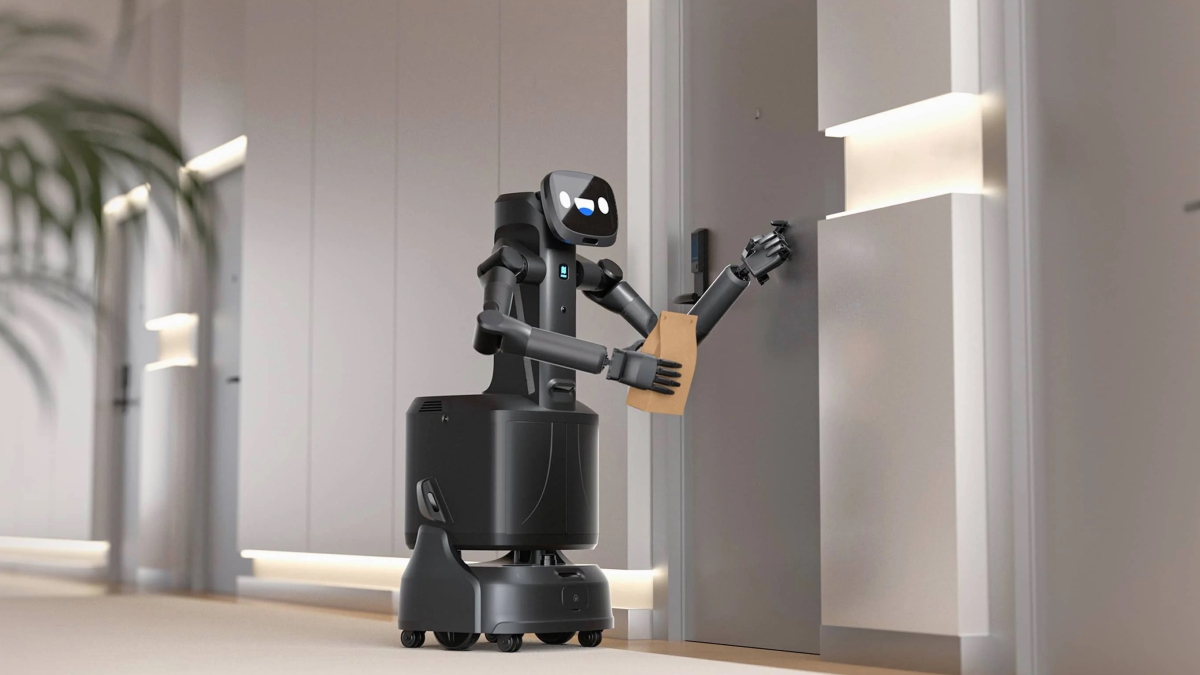In today’s rapidly developing technology, intelligent service robots are gradually entering our lives and becoming powerful assistants in our daily work and life. Behind these robots, the application of wheel hub motors is undoubtedly one of the important driving forces for their development. As a new type of electric drive technology, wheel hub motors are injecting new vitality into humanoid intelligent service robots with their unique design and superior performance.
Advantages of wheel hub motors
Wheel hub motors integrate the electric motor directly inside the wheel hub, eliminating many complex components in traditional transmission systems. This design not only significantly reduces the size and weight of the robot, but also improves energy utilization efficiency. For humanoid service robots, lightweight and high efficiency are the foundation for their flexible movement and long-term work.
High efficiency and flexibility: The high power density of wheel hub motors enables robots to move freely in various environments, whether in narrow spaces or complex terrains, wheel hub motors can provide powerful power support.
Precise control: The independent driving characteristics of the wheel hub motor enable each wheel to be controlled individually, greatly improving the flexibility and stability of the robot. This is crucial for the accuracy and safety of humanoid service robots during task execution.
Easy maintenance: Due to the reduction of mechanical transmission components, the maintenance cost and difficulty of the wheel hub motor are greatly reduced, which improves the service life and reliability of the robot.
Application scenarios
Humanoid embodied intelligent service robots have shown broad application prospects in multiple fields such as shopping malls, healthcare, and education. The introduction of wheel hub motors makes these robots more efficient and intelligent in performing tasks.
Business services: In the business environment, humanoid service robots can assist businesses with various services such as cleaning, food delivery, and companionship. The flexibility of wheel hub motors enables robots to easily shuttle between various terrains and complete various tasks.
Medical assistance: In the medical field, humanoid service robots can assist medical staff in patient care, drug delivery, and other tasks. The high efficiency and stability of wheel hub motors ensure the safe operation of robots in hospital environments.
Educational companionship: In educational settings, humanoid service robots can serve as learning partners for students, providing personalized tutoring and companionship. The precise control of wheel hub motors enables robots to interact more naturally with students.
Conclusion
With the continuous advancement of technology, humanoid embodied intelligent service robots will play an increasingly important role in our lives. The application of wheel hub motors undoubtedly provides strong support for the development of these robots. In the future, we look forward to seeing more innovative service robots enter our lives, allowing technology to truly serve humanity and improve our quality of life. Let’s embrace this era of intelligent possibilities together!
Post time: Apr-22-2025


